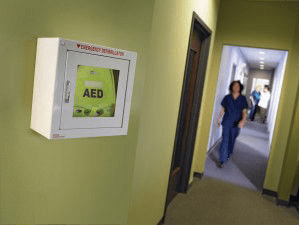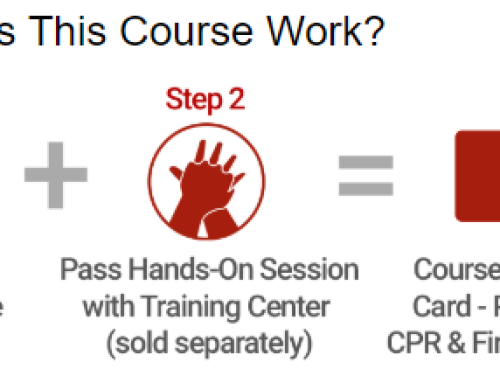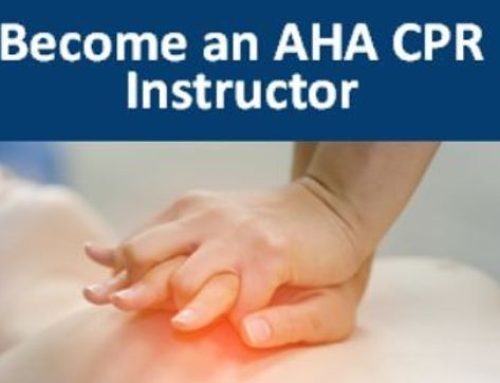An international team of researchers looked at 49,555 out-of-hospital cardiac arrests that occurred in major U.S. and Canada cities. They analyzed a key subgroup of these arrests, those that occurred in public, were witnessed and were shockable. The researchers found that nearly 66 percent of these victims survived to hospital discharge after a shock delivered by a bystander. Their findings emphasized that bystanders make a critical difference is assisting cardiac arrest victims before emergency responders can get to the scene.
Among the study’s results:
Bystanders used an AED in 18.8 percent of these cases.
Cardiac arrest victims who received a shock from a publicly-available AED had far greater chances of survival and being discharged from the hospital than those who did not; 66.5 percent versus 43 percent.
Cardiac arrest victims who received a shock from a publicly-available AED that was administered by a bystander had 2.62 times higher odds of survival to hospital discharge and 2.73 times more favorable outcomes for functioning compared to victims who first received an AED shock after emergency responders arrived.
Victims who received an AED shock from a bystander (57.1 percent) using a publicly-available device instead of having to wait for emergency responders (32.7 percent) had near normal function and better outcomes.
Without a bystander using AED shock therapy, 70 percent of cardiac arrest patients either died or survived with impaired brain function.
Read the full article here:







Leave A Comment